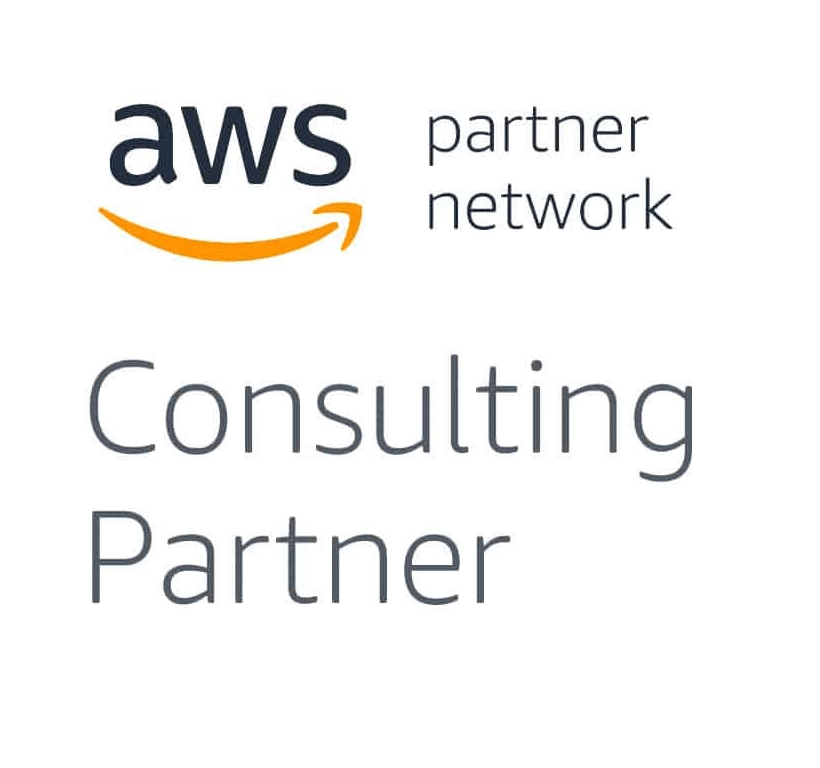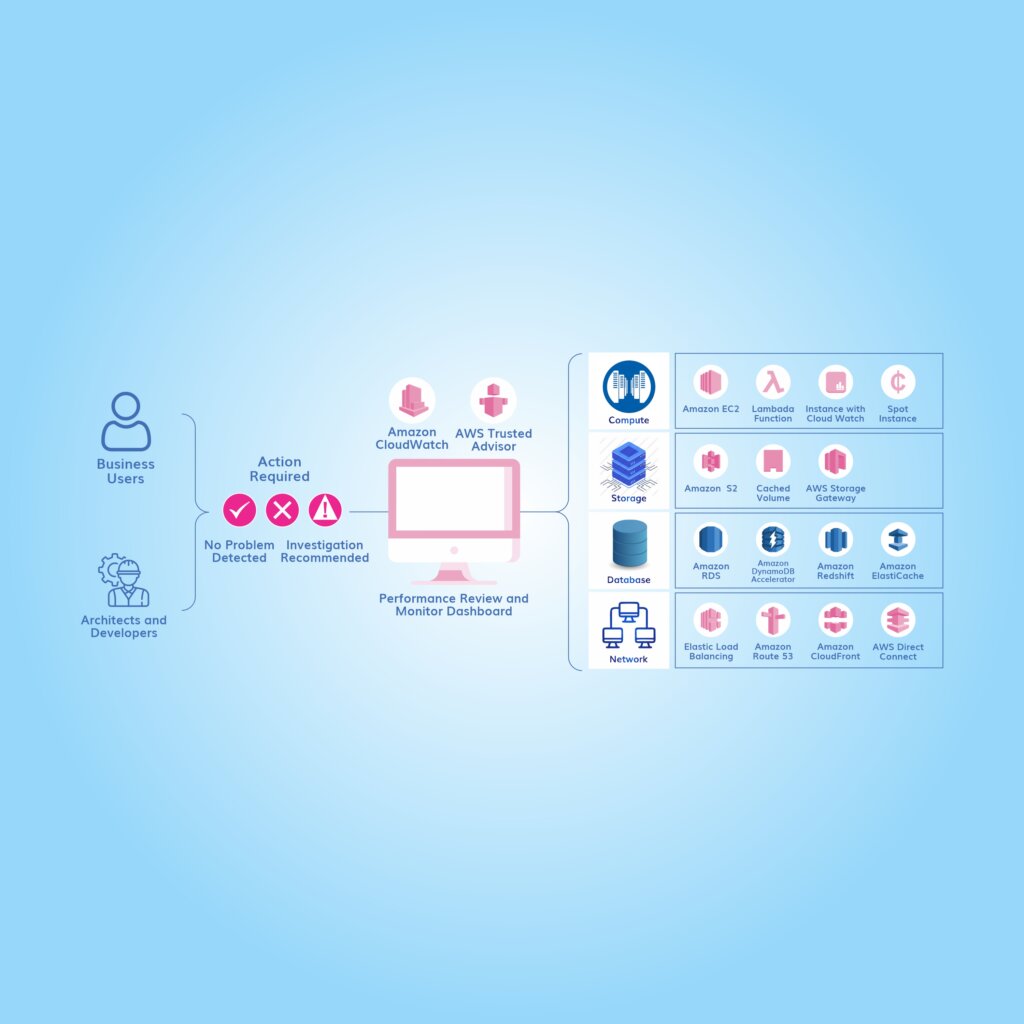AWS Cloud Migration: Your Checklist to Success
When it comes to migrating to the cloud, are you wondering whether you should make a move or not?
If you go through the industrial trends, you will realize that today the question is now about whether you should, but when and how?
With each passing day, the extent of digitization is rising drastically. Much of this can be attributed to the fact that cloud migration tends to reduce the operational cost by 51%, whereas increasing productivity by 62%.
Fascinating, right?
It definitely is, but there’s a catch here. Not all organizations tend to drive the aforementioned benefits. While some strike the bar of success too early, others grapple with the same.
Wondering why?
The answer to this lies in the strategies adopted to implement the same. Cloud migration is, without a doubt, a promising transformation and can revolutionize the prevailing business economy. In order to unleash the true potential, let alone ensure you are on the right path of the integration, here we have a checklist that will help you step on the journey of successful migration.

A Comprehensive Guide To AWS Cost Optimization
Don’t miss a chance to know how we help our clients save up to 30% on AWS bills. Download your ebook now to get benefitted, and stop overpaying by following our best practices.
Have you ever wondered what makes a software developer productive?
Internal Stakeholder Buy-in
Start with getting all the stakeholders on your side. Even though you can break the news sometime later, doing it in the early stages of adoption avoids conflict and gives your employees ample time to obtain the desired knowledge. The more informational your team is, the better it becomes to pull the decision.
Billing and Accounts
Cloud migration is a solution that is based on a SaaS model. You would need to purchase certain accounts to host your services over the cloud. Now, this could either be a single account for all operations or multiple ones linked together. Before you set out to make a purchase, it is important to be clear on the account and billings. Whether you wish to isolate functions or assemble them as a whole, the choice here would determine the type of account you need to buy.
Also, make your terms clear with respect to the billings. Either per function or all combined as a single entity.
Transparency in Security
A major aspect when moving to the cloud is the organization’s data security. The fact that you are about to take your entire business online, you must be cautious about its security. Implementing stringent protocols, rules, and security policy are important when it comes to AWS migration.
Thankfully, AWS has a multitude of norms and security practices. Your job is to determine which of these would benefit your organization the most and how. Embedding is one thing, and managing them is another. The best way to do this is by doing both.
Control Cloud Assets
Next comes the methods adopted to manage cloud-based assets. Switching to AWS, you will have access to metadata, which can be used to combine assets. However, combining multiple assets tend to complicate the overall infrastructure, and hence, we recommend using the feature of internal tagging. With this, you can easily segment the resources and simplify the overall task of integration.
Determine what to automate
The main idea behind cloud migration is to automate end to end business tasks. However, you cannot simply take your entire infrastructure and move it to the cloud. It is necessary that there is a strategy in place that would be used to automate business processes.
To begin with, you must have a clear notion as to which of the processes require automation. Only when you are convinced with the operations that must be automated, move ahead, and make sure the task is migrated from the beginning. Partial automation would only consume time and increase the inefficiency of the system.
Disaster Recovery
Working over the cloud infrastructure, things might go wrong, disrupting the entire business operation. It is wise to draft and devise a plan that would deal with the irrelevant and untoward situations, ensuring healthy execution of business activities. AWS does have disaster recovery and management policies. However, you must assess the extent up to which it does the same. Whether it assures timely recovery of data or employs significant measures, before migrating to AWS you must be aware of all.
Support Service
Finally, a crucial deduction as to whether the service provider extends their support during and after the migration process. No matter how vigilant you are, the service might behave unexpectedly, and hence, seeking expert advice would help you deal better with the same.
Wrapping Up
AWS migration checklist isn’t solely about assessing your requirements and migrating, but it spans across the traditional norms of migration and mandates you to be highly robust.
While each stage of the migration is influential and would have an effect on your post- migration experiences, the above-stated checklist would help stay ahead of others. To play safe, it is advisable to get in touch with us and work with top-notch AWS certified solutions architects to develop and execute fully-featured AWS services for databases, analytics, storage, networking, mobile, security, compute, composite, deployment, and management services to scale up your business.
Contact Us
We’d Love to Help You
Get in Touch
- Fill out a request form. Please brief your requirements in-detail. The more we know about your amazing idea, the better we will guide and assist you with project time and resources
- We’ll reach out to you on priority to discuss next steps in the meantime please check out our case studies and insights.
- We look forward to collaborating with you to bring your idea to the market sooner than the traditional route.
Related




